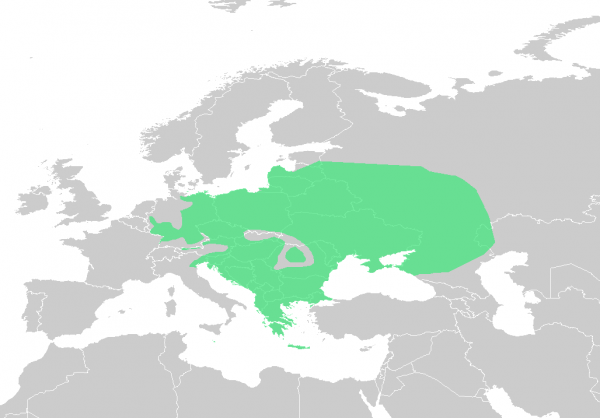Facts About European green toad
The European green toad is a captivating amphibian that thrives in a variety of habitats across mainland Europe. These toads can be found from the eastern regions of France and Denmark, extending all the way to the Balkans and Western Russia. Historically, their range was even broader, covering parts of the Middle East, Central Asia, western China, Mongolia, and North Africa. Recent genetic and morphological studies have led scientists to identify 14 distinct species within this group. These species, including the European green toad, are now classified under the genus Bufotes.
One of the most distinctive features of the European green toad is its diverse coloration. The spots on its back can range from green to dark brown, and sometimes even exhibit red spots. The underside, in contrast, is typically white or lightly colored. Fascinatingly, these toads can adjust their color depending on the temperature and light conditions. Females are generally larger than males and can lay an astounding number of eggs—ranging from 9,000 to 15,000 at a time. Although they can grow up to 10 centimeters in length, such large individuals are quite rare.
In terms of diet, the European green toad, also known scientifically as Bufo viridis, is not selective. It consumes a variety of insects and invertebrates, including crickets, mealworms, small butterflies, earthworms, moths, beetles, and caterpillars. There have even been intriguing reports of these toads preying on bats.

 Israel
Israel